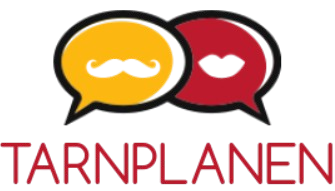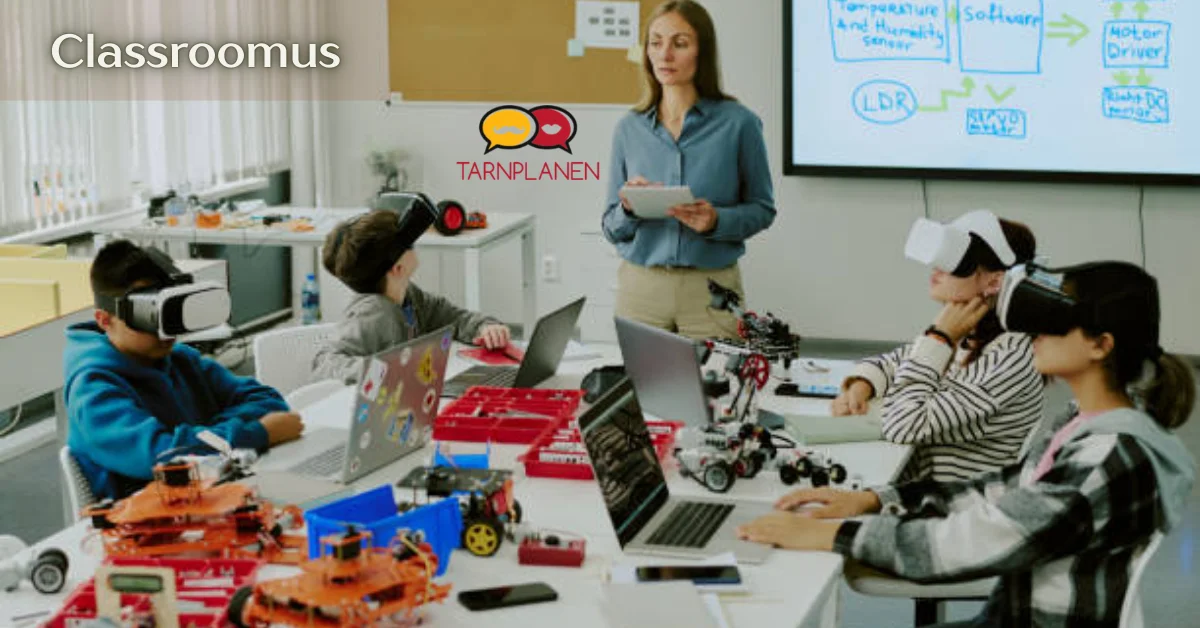Introduction to Classroomus
Education is evolving at a breakneck pace, and the rise of AI technology is leading a revolution in classrooms across the globe. Enter Classroomus—a pioneering platform that harnesses artificial intelligence to transform learning into an engaging and personalized experience. Imagine students thriving in an environment tailored specifically to their needs, while educators receive invaluable insights to enhance teaching methods. This is no longer a future concept—it’s already becoming reality. As schools increasingly adopt AI solutions, they are reaping benefits that go beyond traditional education models. Let’s dive into how Classroomus is shaping the future of learning and what this means for educators and students alike.
Benefits of AI-Powered Education for Schools
AI-powered education brings numerous advantages to schools. It personalizes learning experiences for each student. By analyzing individual performance, AI can tailor lessons that match their unique needs and pace.
Teachers benefit from AI tools as well. They automate administrative tasks like grading and attendance tracking, freeing up time to focus on instruction and student engagement. This shift allows educators to foster deeper connections with their students.
AI also enhances accessibility in the classroom. Students with different learning abilities receive support through adaptive technologies designed specifically for them. These innovations ensure that everyone has an equal opportunity to succeed.
In addition, analytics based on data reveal patterns in how students perform academically. Schools can use this information to make informed decisions about curriculum adjustments or resource allocation, ultimately driving improved educational outcomes across the board.
How AI is Changing the Classroomus Experience?
Artificial Intelligence is revolutionizing the classroom experience in extraordinary ways. Personalized learning paths are now a reality. Algorithms analyze student performance, adapting lessons to meet individual needs.
Real-time feedback helps educators identify struggling students immediately. It opens the door for quick actions that can reshape a student’s academic journey.
Virtual teaching assistants powered by AI offer support outside traditional hours. They provide answers to queries and facilitate discussions, enriching the learning environment.
Moreover, data analytics empower teachers with insights into class dynamics and engagement levels. Understanding these patterns leads to more effective strategies tailored for each classroom.
Interactive tools like chatbots enhance communication among students and faculty, making education feel more connected and responsive than ever before. The integration of AI fosters creativity as it frees up time for teachers to focus on innovative teaching methods rather than administrative tasks.
Real-life Examples of AI Implementation in Schools
Many schools are already embracing AI technology to enhance student learning. For instance, some districts have implemented intelligent tutoring systems that adapt lessons based on individual progress. A tailored method enables learners to understand difficult topics at a speed that suits them best.
Another fascinating example is the use of AI-driven analytics in monitoring student performance. Educators can identify who may be struggling and intervene early, fostering a supportive environment for all learners.
Additionally, chatbots are becoming common in school settings. They assist with answering frequently asked questions, freeing up teachers’ time for more meaningful interactions with students.
AI tools also facilitate administrative tasks like scheduling and grading, streamlining operations within educational institutions. These innovations allow educators to focus more on teaching rather than paperwork.
These examples highlight how AI integration in schools creates an enriched educational experience tailored to the needs of each learner.
Addressing Concerns and Criticisms of AI in Education
AI in education brings excitement, but it also stirs concerns. Privacy issues often top the list. With AI tools collecting data on students, parents worry about how this information is used and safeguarded.
Another significant concern revolves around equity. Access to advanced technology isn’t uniform across all schools. This gap can widen existing disparities in learning experiences among students.
Teachers might feel threatened by AI as well. The fear that machines could replace human educators looms large. However, it’s crucial to view AI as a tool for enhancement rather than replacement.
Moreover, there’s skepticism regarding the effectiveness of AI-driven methods compared to traditional teaching styles. Some argue that personal interaction remains irreplaceable in fostering student engagement and understanding.
Addressing these critiques requires open dialogue among educators, policymakers, and communities to ensure responsible integration of AI technologies into classrooms while prioritizing ethical considerations.
Practical Tips for Schools Adopting AI Technology
Adopting AI technology in schools can be a transformative journey. Start with small pilot programs to test the waters. This approach allows schools to gather data and assess effectiveness without overwhelming resources.
Invest in training for teachers and staff. Understanding how to use AI tools effectively is crucial for success. Providing ongoing professional development ensures that educators feel confident.
Encourage collaboration between educators and tech experts. Their combined insights can lead to innovative solutions tailored to specific needs within the classroomus environment.
Focus on student engagement by choosing user-friendly platforms that promote interaction and creativity. When students enjoy using these tools, learning becomes more impactful.
Maintain open communication with parents and stakeholders about the benefits of AI integration. Transparency fosters trust and helps everyone embrace this shift towards a modern educational landscape.
The Future of Education with AI: Potential Developments and Impacts
The future of education is poised for transformative changes fueled by AI technology. Visualize learning spaces where customized education is the standard. Each student could receive tailored lessons that fit their unique pace and style, enhancing engagement and retention.
AI tools will streamline administrative tasks as well, allowing educators to focus more on teaching rather than paperwork. This shift can lead to a more dynamic classroom environment where creativity thrives.
Furthermore, assessments may evolve with AI’s ability to analyze student performance in real time. Educators could receive instant feedback on what works and what doesn’t, enabling them to adjust strategies quickly.
Collaboration among students might also see a boost through virtual platforms powered by AI. These tools can facilitate teamwork across geographical boundaries, promoting diverse perspectives and innovative solutions.
As these developments unfold, educational institutions must remain adaptable to harness the full potential of this exciting revolution.
Conclusion: Embracing the Classroomus Revolution?
As we navigate the evolving landscape of education, it’s clear that Classroomus is at the forefront of this transformation. The integration of AI technology into schools presents an opportunity to enhance learning experiences significantly. Through customized teaching and intelligent data analysis, educators can adapt their strategies to suit each learner’s unique requirements.
The benefits are vast. From improving engagement through interactive tools to streamlining administrative tasks, AI empowers educators and enriches students’ learning journeys. Schools adopting these technologies will find themselves better equipped for the challenges ahead.
While there are valid concerns regarding privacy and dependency on technology, addressing these issues head-on paves the way for a more balanced approach. Education should always prioritize human interaction alongside technological advancements.
Practical steps can help institutions transition smoothly into this new era—training staff, investing in user-friendly platforms, and fostering an open dialogue about AI’s role in education are just a few ways forward.
Embracing the Classroomus revolution could redefine what it means to learn today and in the future. It’s not merely about integrating advanced systems; it’s about creating environments where every learner thrives amidst innovation. Educational institutions stand at a crossroads—choosing between traditional methods or stepping boldly into a future powered by artificial intelligence holds immense significance for generations yet to come.
Curious hearts and bright minds—follow the path to more wisdom on Tarnplanen.











